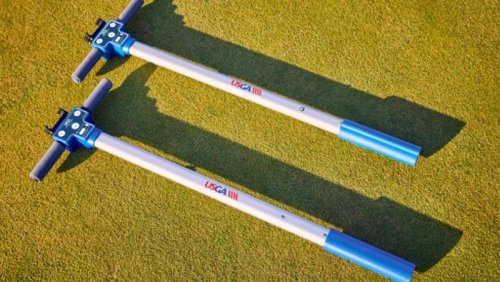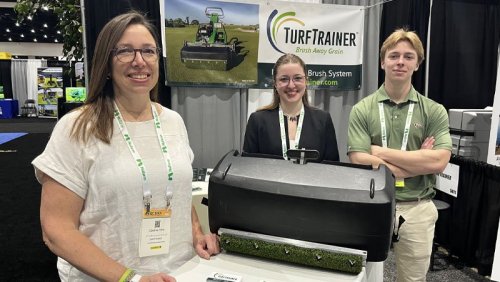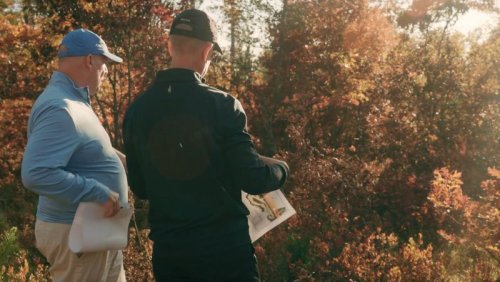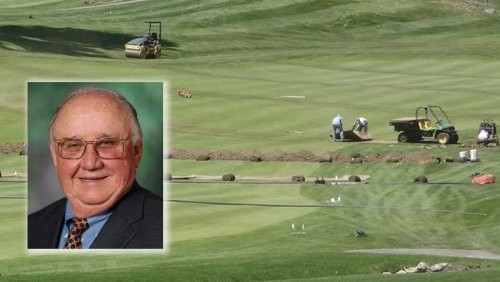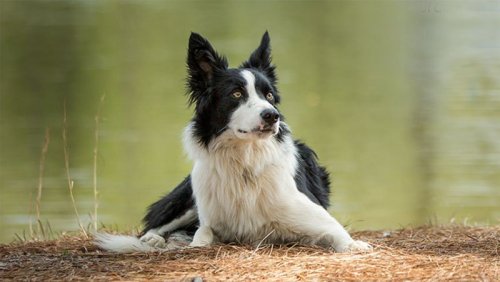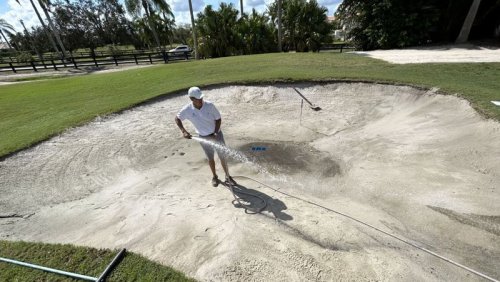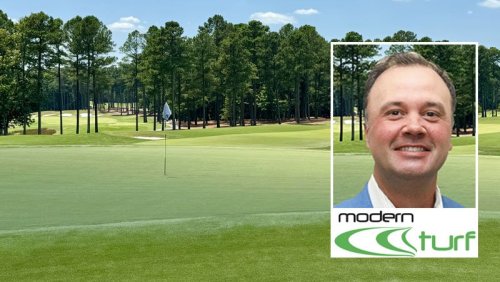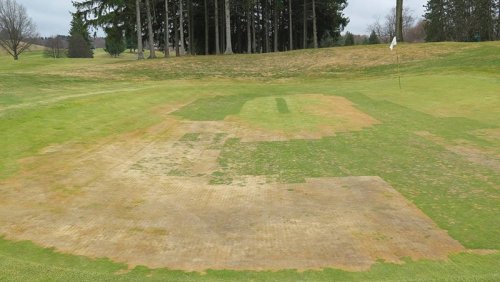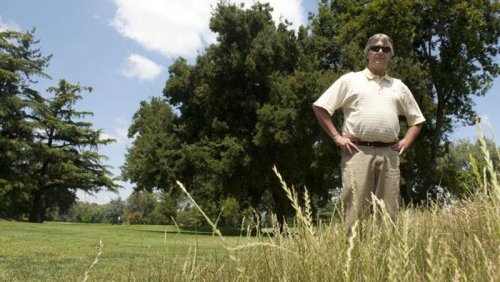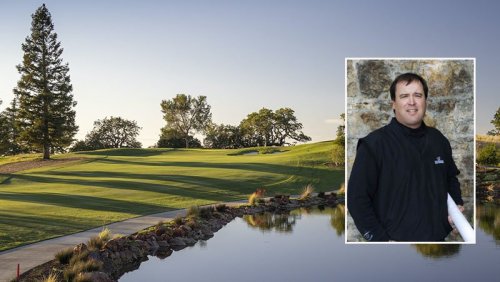
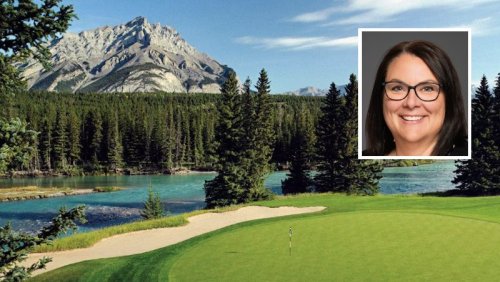
Wood (at right) has worked with the association since 1998. Prior to stepping into the interim CEO position, she has served as the association's member services manager and director of professional development and events, and most recently was its chief operating officer.
"Kathryn has proven herself to be an invaluable member of our staff with commitment to the CGSA's mission and values," said John McLinden, AGS, CGSA president. "Her extensive experience will undoubtedly steer the CGSA towards new heights and further bring the mission to the forefront of the Canadian golf industry."
Wood's appointment as CEO marks a new chapter for the CGSA. Under her leadership, the association looks forward to expanding its programs and initiatives, enhancing member engagement, and promoting the sustainable management of golf course environments.
"I am deeply honoured and excited to take on the role of CEO," Wood said. "The CGSA has been a significant part of my professional journey, and I am committed to driving our mission forward, supporting our members, and championing the work of golf superintendents nationwide."
- Read more...
- 822 views

